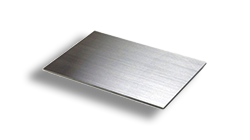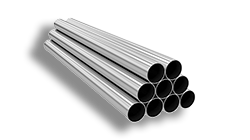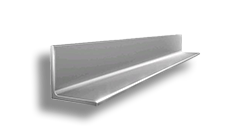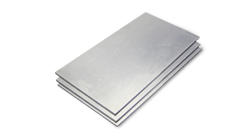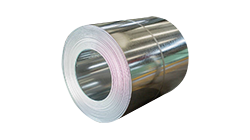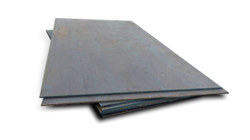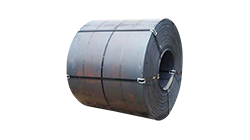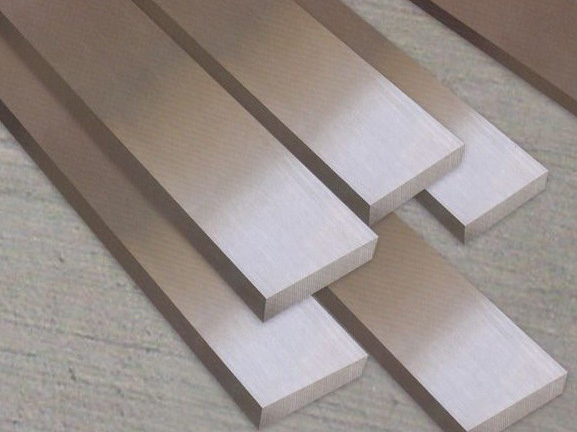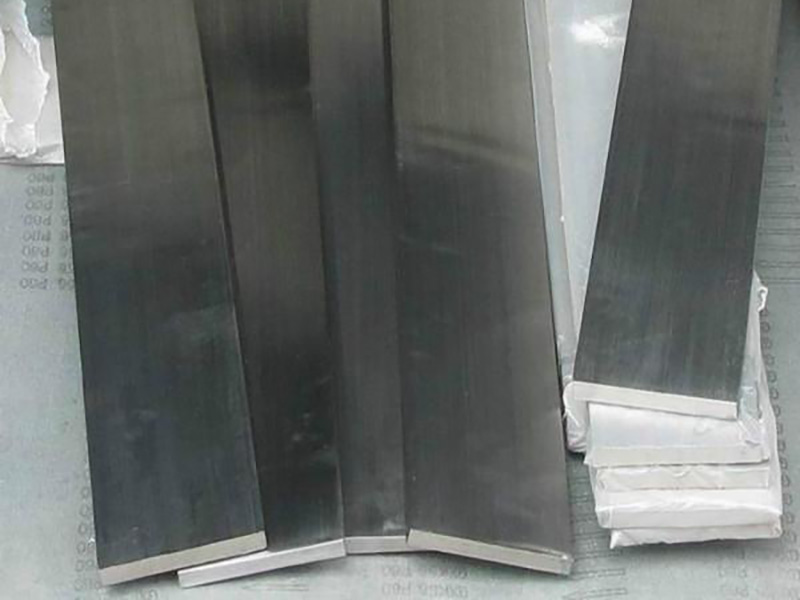Since the 1930s, in order to improve anti -acid corrosion, especially the ability to corrode anti -sulfuric acid corrosion, the molybdenum and chromium content in the austenite stainless steel has been continuously improved, and super Ausigne stainless steel has been gradually developed.
In France and Sweden, people have developed a alloy containing a 20%CR-25%NI-4.5%MO-1.5%CU and were named 904L. In the United States, it developed a 20%CR-30%NI-2.5%MO-3.5%CU alloy in a similar method. The development of alloys 20 and 904L laid the foundation for the development of super Austeine stainless steel.
In the 1950s, the Avis Tower Steel in Sweden first produced 6%molybdenum stainless steel for special environments. Its main alloy content is: 16.5%CR-30%NI-6%MO, which is the prototype of 254SMO later. The United States also developed Al-6X in the early 1970s. Its main alloy content is: 20%CR-25%NI-6%MO. The main purpose of this steel type is the thin -walled condensation pipelines that cool with seawater in the power plant. The high alloy content makes this stainless steel prone to precipitnce in the middle of the metal, so it hinders the manufacturing of thick wall profiles or pipes.
In the early 1970s, AOD technology innovation made the addition of alloy elements better control. Special nitrogen added and controlled, and the process of removing harmful trace elements has also been greatly improved. The foundation of Super Austenitic Stainless Steel laid the foundation.
In 1976, Sweden Avesta Iron and Steel Co., Ltd. developed a new type of 6%MO stainless steel, that is, Avessta254SMO, and also obtained a patent. Because the addition of nitrogen makes the precipitation of the metal in the middle of the metal more slower, it is conducive to the production of thick materials, such as medium thick plates and thick wall pipes. At the same time, its corrosion resistance and mechanical properties have also been greatly improved. The common feature of 6%MO Super Austeen Stainless Steel is that they all have very high anti -point erosion and anti -gap corrosion capabilities. Therefore, it has always been widely used in devices such as sea and dehydration industry, seawater treatment, and smoke desulfurization. The emergence of AveSta254SMO marks the beginning of the industrialization and commercialization of 6MO super Austenitic stainless steel.
In the 1980s, both Sweden and Germany have developed alloys with high chromium, manganese and molybdenum and high nitrogen content. The typical steel type is 654SMO, containing about 3%mn, 0.5%n, and 7%mo. 654SMO is a super -austed stainless steel containing 7%molybdenum. Its anticorrosive ability is equivalent to the best nickel -based alloy. The emergence of AveSta654SMO is a milestone in the history of the development of Austeenia stainless steel.
The concept of Super Austeen Stainless Steel appears with super iron stainless steel and super double -phase stainless steel. Typical examples are super Austeen stainless steel containing 6%molybdenum and 7%molybdenum. These steels are developed for industries with harsh conditions such as petrochemicals, chemicals, papermaking and maritime systems.

